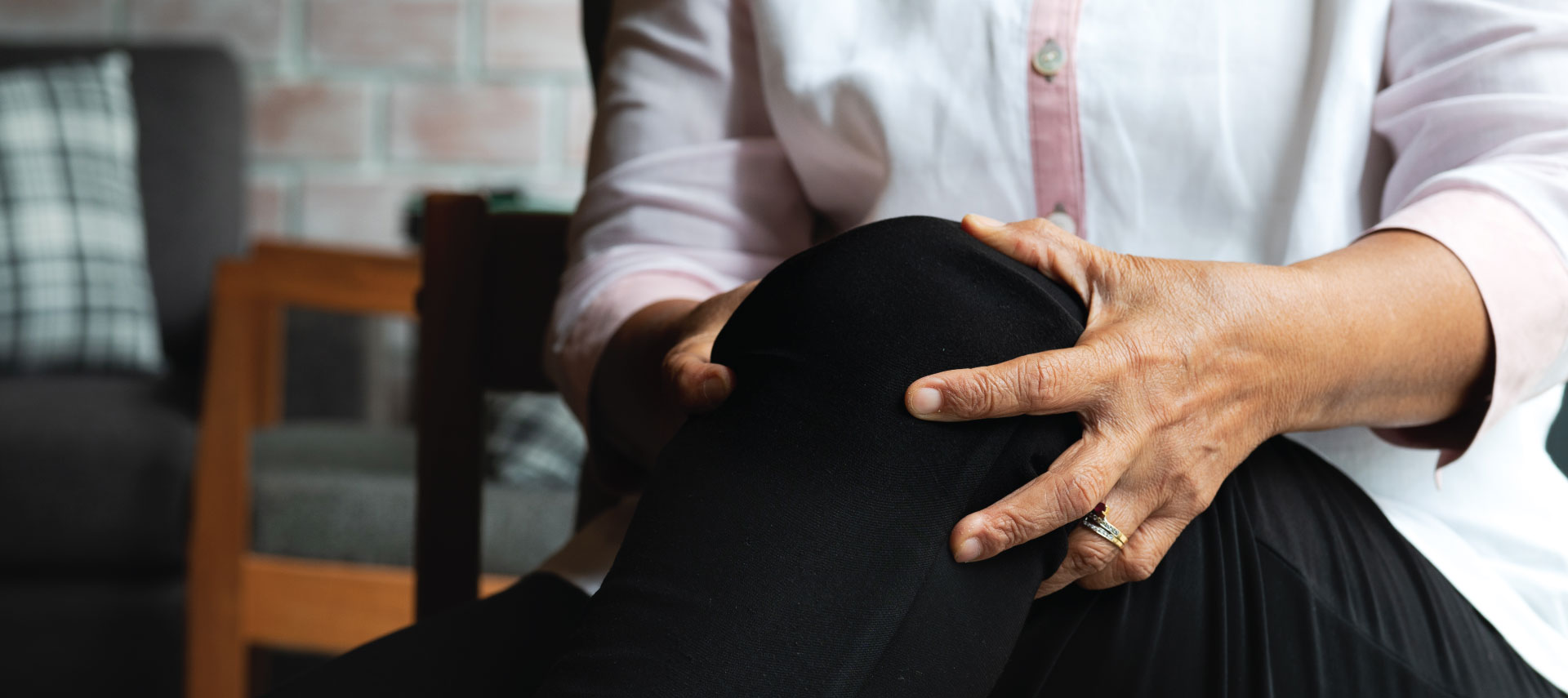
Breaking the silence around osteoporosis
An estimated 10 million Americans — 80 percent of them women — have osteoporosis, a weakening of bones that makes them more prone to fractures.
As we age, especially after menopause for women, the minerals in our bones can become less dense, to the point that even a low-impact injury can cause a break called a fragility fracture.
"Our ultimate goal is to try to prevent that," says
Dr. Tricia Markusen, an obstetrician/gynecologist in Monterey. "Osteoporosis is a pretty silent disease. We don’t know if somebody has low bone density unless they start sustaining fragility fractures as they get older."
An important tool to help break that silence is a bone density test, which uses low-dose X-rays to measure bone loss. The test compares your bone density to the bones of an average healthy young adult and gives a result called a T-score. The test can:
- Identify bone-density decreases before you break a bone
- Determine your risk of broken bones
- Confirm whether you have osteoporosis
- Be a baseline for monitoring loss
"We’ve all heard the adage that knowledge is power, and we want people to become proactive about their health," Markusen says. "Learning about your critical baseline bone density helps people become proactive."
Many people may put off this test, Markusen says, because they incorrectly assume it is done in an enclosed scanner. In reality, the patient lays on a table and scanners pass above and below them.
"Unlike a CT scan or most MRI scans, it’s non-enclosed — you lie flat on the machine — so it’s non-invasive, not at all uncomfortable or intimidating, and the entire procedure only takes 15 to 20 minutes," Markusen says.
A bone mineral density test compares your bone density to the bones of an average healthy young adult. The test result tells you how strong your bones are, whether you have osteoporosis or osteopenia, and your risk for having a fracture.
The National Osteoporosis Foundation recommends bone-density tests for:
- Women 65 or older and men 70 or older
- People who break a bone after age 50
- Women of postmenopausal age with risk factors
- Postmenopausal women under age 65 with risk factors
- Men ages 50–69 with risk factors
Risk factors include a family history of osteoporosis, being small and thin, and broken bones or height loss.
Bone density typically remains stable until women go through menopause, at which point they become estrogen deficient. After menopause, they lose between 2–4 percent of bone per year, in some cases.
"If a woman is experiencing significant hot flashes, or other menopause-related symptoms, she might want to consider hormone therapy to prevent or delay further bone loss," Markusen says.
Men also can develop osteoporosis, but they rarely experience a dramatic decrease in bone density as they age, unless they are taking certain medication, such as prednisone or other steroids.
"If a man is being treated for prostate cancer, and he is taking medications that lower his testosterone, he may be at increased risk of developing osteoporosis," she says.
"Osteoporosis is a pretty silent disease. We don’t know if somebody has low bone density unless they start sustaining fragility fractures as they get older.""
— Dr. Tricia Markusen, obstetrician and gynecologist
Supplements such as calcium or vitamin D also can be helpful, but Markusen cautions against overusing calcium because of increased risk of developing kidney stones or calcification of the coronary arteries.
Teenage girls with eating disorders such as bulimia or anorexia risk not developing their peak bone mass during their lifetimes, and might be more prone to developing osteoporosis later in their lives.
"There also is a genetic component to osteoporosis," Markusen says. "If your parents or grandparents had osteoporosis, you might be at greater risk of developing it yourself."
"If we find that a person has fragile bones, there are treatments we can try, including medications like Evista®, Prolia®, Tymlos®, or Forteo®, or bisphosphonates," medications that maintain bone density by slowing the rate at which bone is broken down in
the body.


